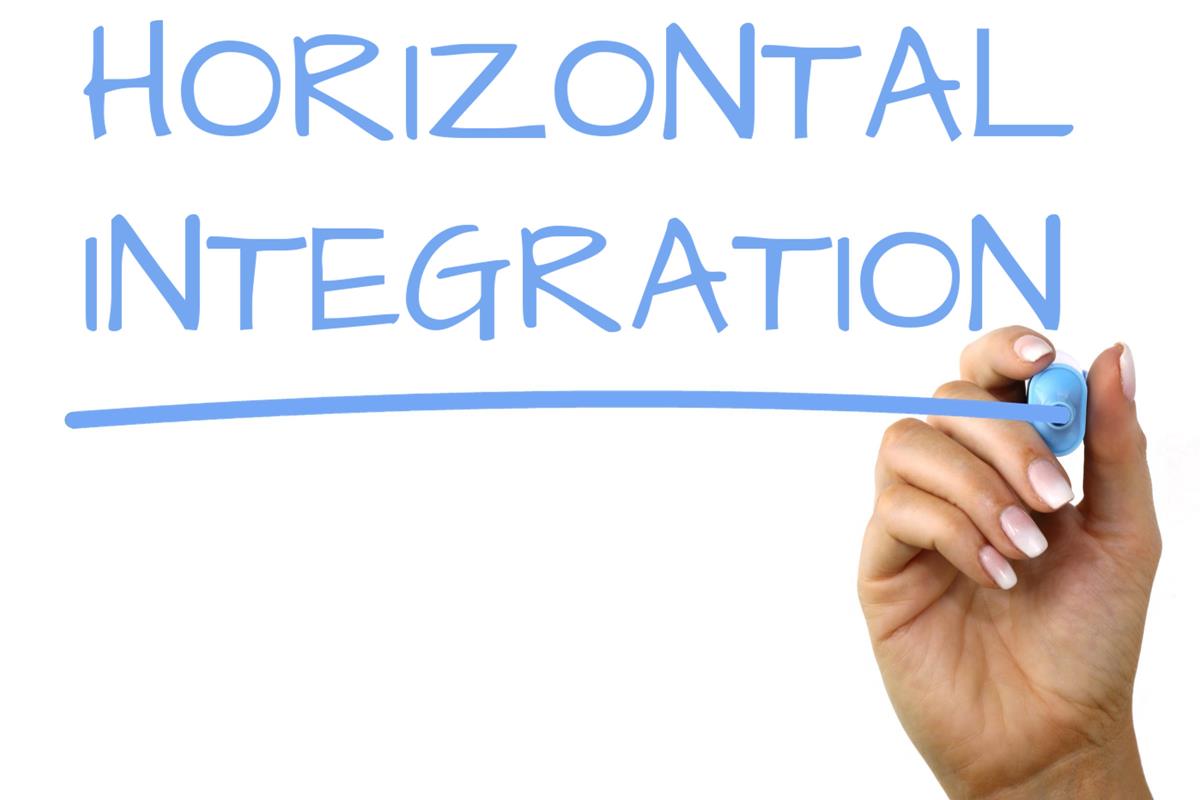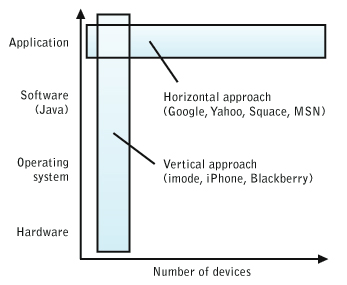Difference Between Horizontal Integration and Vertical Integration
Every organization around the world at some point goes through some sort of merger and acquisition. Companies all over the world merge together, undergoing some sort of change in structure and management. These exercises often include consolidations, expansions, lay-offs and restructuring. Firms do all that by way of integration. Every merger requires some strategic integration and delivery thinking. Integration is about mobilizing people into the required teams to deliver the changes required to move the business forward. Integration simply means combining activities related to the current activity of a firm.
When two businesses merge together to form a single entity, most people believe that the pieces of the puzzle will automatically fall into place yet evidence suggests that this is clearly not the case. When companies merge together, it can be very difficult to put everything in place because in some cases, the damage can be irreversible. This is where integration strategy comes to the picture. Integration is an expansion strategy that a firm adopts to commit itself to adjacent business. Among the integration strategies we have the two major types: horizontal and vertical integration.

What is Horizontal Integration?
When a company takes up the same type of products at the same level of production or marketing process in a merger, it is said to be a horizontal integration strategy. It is a business expansion strategy wherein an organization merges with the same product line of its rival. For example, when a shoe making company takes over its rival shoe making company, it is called horizontal integration (or a merger). This means companies merge at the same part of the supply chain in the same or different industries for the sole purpose of buying rival’s business with a view to expand geographically, in order to increase the market share or to benefit from economies of scale. This strategy may be frequently adopted to maintain stronghold in the business. For example, Disney merging with Pixar, Porsche merging with Volkswagen, and Quaker Oats with Snapple, are some of the best examples of horizontal integration.

What is Vertical Integration?
In strategic management, vertical integration is a firm’s ownership of vertical related activities meaning the firm takes complete control of more than one stage of the supply chain. While horizontal integration refers to combinations between rivals, vertical integration involves companies that have a buy-sell or upstream-downstream relationship. Vertical integration could be of two types: backward and forward integration. Backward integration means the firm takes control and ownership of producing its own inputs, while forward integration means the firm takes ownership and control of its own customers. When companies integrate vertically they do so in a complete manner; they move backward or forward decisively resulting in a full integration. One of the main benefits of vertical integration is that it can lower some of the risk a company faces in the marketplace.
Difference between Horizontal and Vertical Integration
Meaning
– When a company takes up the same type of products at the same level of production or marketing process in a merger, it is said to be a horizontal integration strategy. It is a business expansion strategy wherein an organization merges with the same product line of its rival. Vertical integration, on the other hand, is a firm’s ownership of vertical related activities meaning the firm takes complete control of more than one stage of the supply chain. While horizontal integration refers to combinations between rivals, vertical integration involves companies that have a buy-sell or upstream-downstream relationship.
Purpose
– The purpose of horizontal integration is to take control of rival’s business with a view to grow the company and expand geographically, in order to increase the market share or to benefit from economies of scale. This strategy may be frequently adopted to maintain stronghold in the business and to increase the product level. The purpose of vertical integration is to gain better access to the ultimate consumers of its rival’s products or to allow a company to have greater certainty in access to supplies, when it’s buying a supplier. Many firms adopt vertical integration strategy as a means to reduce cost and increase efficiency.
Consequence
– Considering vertical integration ties a company to its internal supplies, it may cause risks since problems at one stage of production threaten production and profitability at all other stages. Moreover, problems within a supply chain can put the entire operation at risk until the supply chain is restored or balanced. In horizontal integration, a firm commits itself to the adjacent business to serve the same set of customer groups and customer needs, so if a principal product fails then it faces a grave risk such as reduction in flexibility, quality risks, antitrust issues and risk to product value.
Horizontal vs. Vertical Integration: Comparison Chart

Summary of Horizontal vs. Vertical Integration
While horizontal integration refers to a business expansion strategy wherein an organization merges with the same product line of its rival, vertical integration means the firm takes complete control of more than one stage of the supply chain. While deals involving vertical integration may not be as common as horizontal deals, there are still a dozen of examples of vertical integration merger and acquisitions. Vertical integration may be the best solution to a problem such as having a dependable source of supply. Horizontal integration strategy may be frequently adopted with a view to expand geographically by buying rival’s business, to increase the market share.
- Difference Between Caucus and Primary - June 18, 2024
- Difference Between PPO and POS - May 30, 2024
- Difference Between RFID and NFC - May 28, 2024
Search DifferenceBetween.net :
Leave a Response
References :
[0]Sadler, Philip. Strategic Management. London, United Kingdom: Kogan Page, 2003. Print
[1]Kazmi, Azhar. Business Policy and Strategic Management (2nd ed.). New Delhi, India: Tata McGraw-Hill Education, 2002. Print
[2]Gaughan, Patrick A. Maximizing Corporate Value through Mergers and Acquisitions. Hoboken, New Jersey: John Wiley & Sons, 2013. Print
[3]Image credit: http://www.thebluediamondgallery.com/handwriting/h/horizontal-integration.html
[4]Image credit: https://commons.wikimedia.org/wiki/File:Vertical_vs_horizontal_approach.jpg
